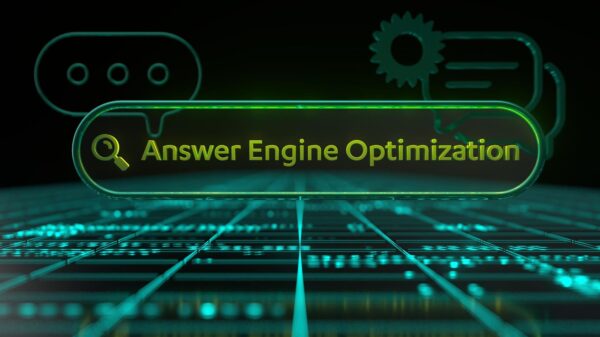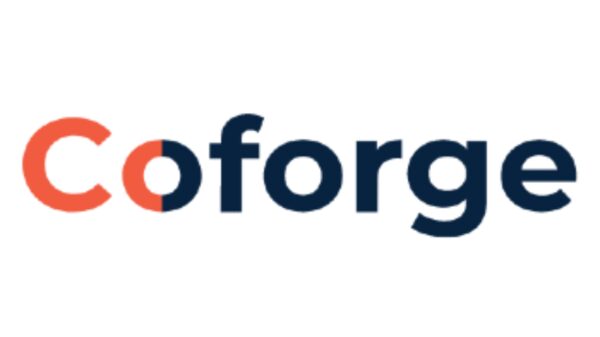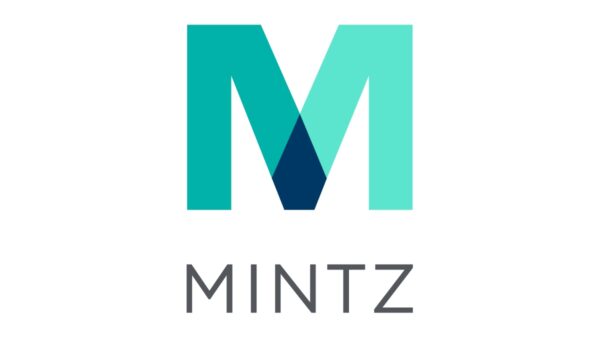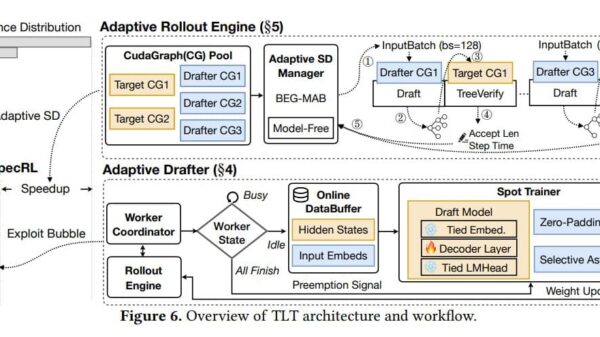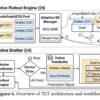Researchers are increasingly turning to advanced AI models like AlphaFold to streamline drug discovery processes. Notably, Verba’s team utilizes both AlphaFold 2 and AlphaFold 3 to conduct virtual experiments before physical trials, allowing them to focus their efforts on the most promising avenues. The integration of these AI tools has proven beneficial: “It hasn’t really replaced any experiments, but it’s augmented them quite a bit,” Verba noted.
Originally developed for a variety of applications, AlphaFold is now inspiring a new generation of AI-driven tools specifically tailored to the needs of drug discovery. In a notable collaboration this year, researchers from MIT partnered with the AI drug company Recursion to create a model named Boltz-2. This innovative model not only predicts the structure of proteins but also assesses how effectively potential drug molecules will bind to their targets.
Further innovations emerged last month when Genesis Molecular AI unveiled the structure prediction model Pearl. This model claims greater accuracy than AlphaFold 3 for certain critical queries in drug development. What sets Pearl apart is its interactive capability, allowing drug developers to input additional data to refine its predictions, underscoring a shift towards more customizable AI tools in the sector.
According to Evan Feinberg, CEO of Genesis Molecular AI, while AlphaFold represented a major breakthrough, the journey is far from over: “We’re still fundamentally innovating, just with a better starting point than before.” The company aims to reduce margins of error in predictions from less than two angstroms, the benchmark set by AlphaFold, to below one angstrom—a minuscule measurement equivalent to one ten-millionth of a millimeter. Such precision is crucial, as even small discrepancies can significantly alter predictions about drug interactions.
Michael LeVine, vice president of modeling and simulation at Genesis, elaborated on the stakes involved. “Small errors can be catastrophic for predicting how well a drug will actually bind to its target,” he explained, noting that interactions can change dramatically at the atomic scale, ranging from potential non-interaction to effective binding. This nuance highlights the importance of precision in drug design and the role of AI in achieving it.
As the landscape of AI in drug discovery evolves, many experts are pondering how quickly advancements might translate into new therapies. Jumper, another leading voice in the field, emphasized that predicting protein structures is merely one piece of a larger puzzle: “This was not the only problem in biology. It’s not like we were one protein structure away from curing any diseases.”
The ongoing evolution of AI-based tools signals a promising future for drug development. As startups and academic institutions continue to innovate, the potential for more effective and precisely targeted therapies grows. The integration of advanced AI models, like those from Genesis Molecular AI and Recursion, could significantly shorten the timeline for bringing new drugs to market, ultimately transforming patient care and treatment options.
 Europe’s AI Act Sets Strict Risk Regulations: Major Compliance Deadlines Looming for Tech Firms
Europe’s AI Act Sets Strict Risk Regulations: Major Compliance Deadlines Looming for Tech Firms Nvidia Stock Rises 1.79% as Trump Considers Selling H200 AI Chips to China
Nvidia Stock Rises 1.79% as Trump Considers Selling H200 AI Chips to China Mitsotakis Signs AI Cooperation Agreement with Mistral AI to Boost Greek Tech Ecosystem
Mitsotakis Signs AI Cooperation Agreement with Mistral AI to Boost Greek Tech Ecosystem Penn State’s NaviSense App Empowers Visually Impaired with Real-Time Object Navigation
Penn State’s NaviSense App Empowers Visually Impaired with Real-Time Object Navigation
